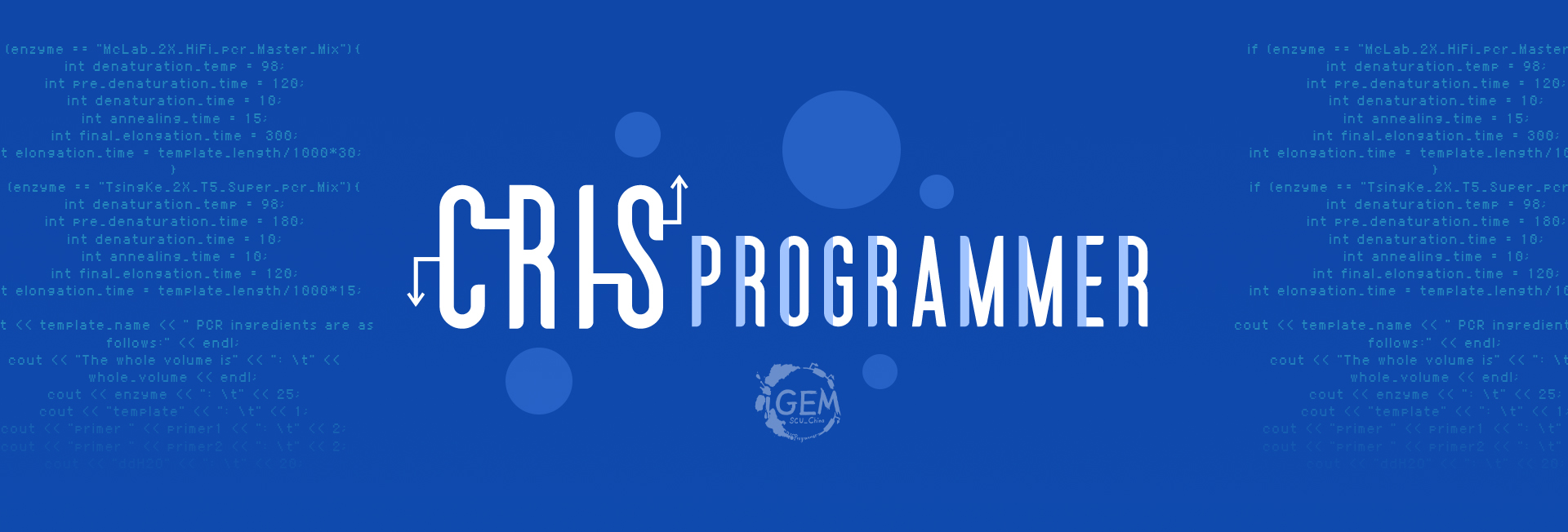
Inspired by the modularization, call-and-return and do-not-reinvent-the-wheel philosophy in
computer programming design, we come up with the idea of using the dCas9 protein to manipulate
the expression of proteins and implement complex logic in a single E. coli cell this year. we
want to construct versatile “library strains” that contains many, and maybe redundant coding
sequences of commonly used proteins which are dormant by default; when we need to use the function
of particular already coded proteins, we just simply transform a much smaller “Minimid” containing
sgDNAs targeting the desired proteins into the library strain, and then utilizing the dCas9-sgRNA
complex to initiate the transcription then expression of the particular protein.
To show the power and practicality of the design above, our team aims to test the system by using
fluorescent proteins and apply it to a sustainable dyeing strategy. Indigo, as a current widely used
dye, its production, transportation and using employs many toxic and not environment-friendly chemicals.
However, the enzymes that catalyze the relevant reactions are found and the biological solution seems
promising. We design a strategy that not only circumvents the use of toxic reagents for indigo chemical
synthesis but also removes the need for a reducing agent for dye solubilization. Our engineered E.coli
will be transformed with the above proteins and become a manipulatable library for us. This project
will provide a fundamental contribution to the construction of engineering bacteria and clean manufacturing.
